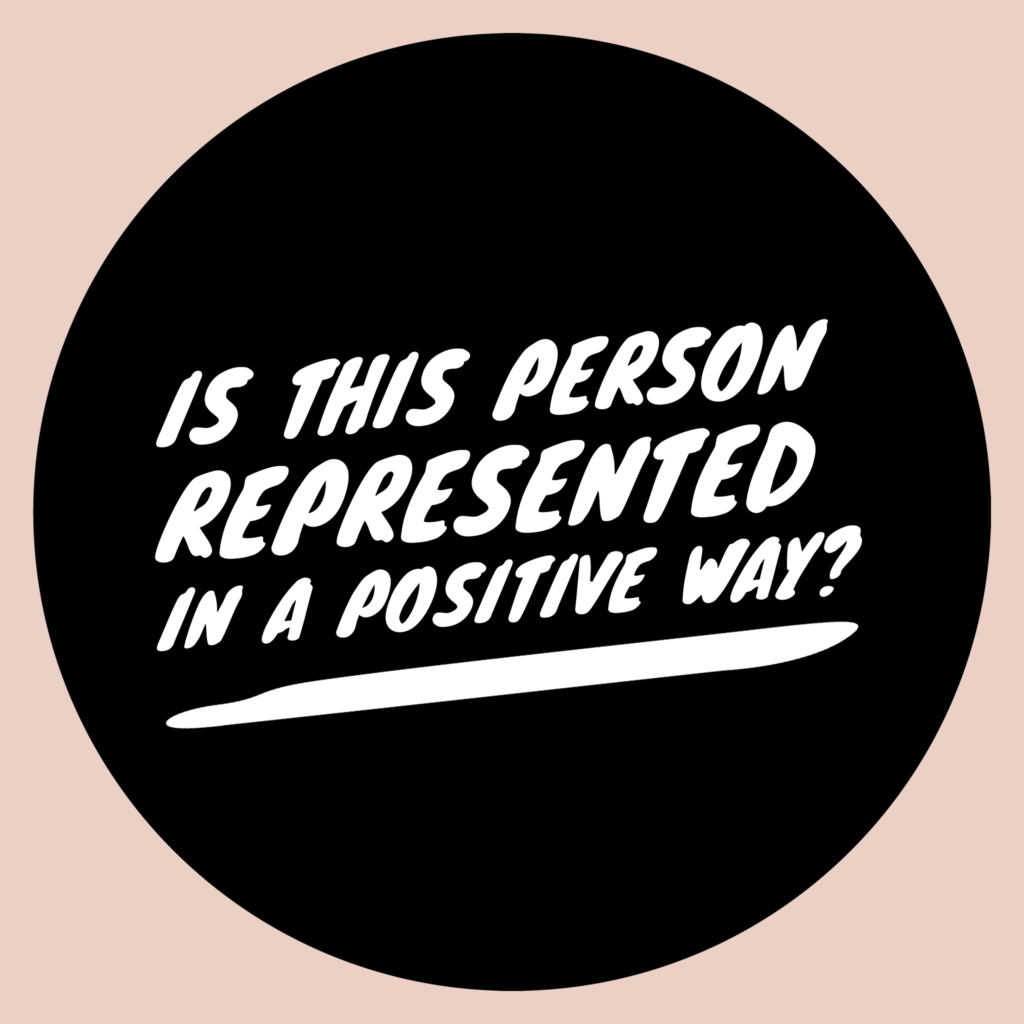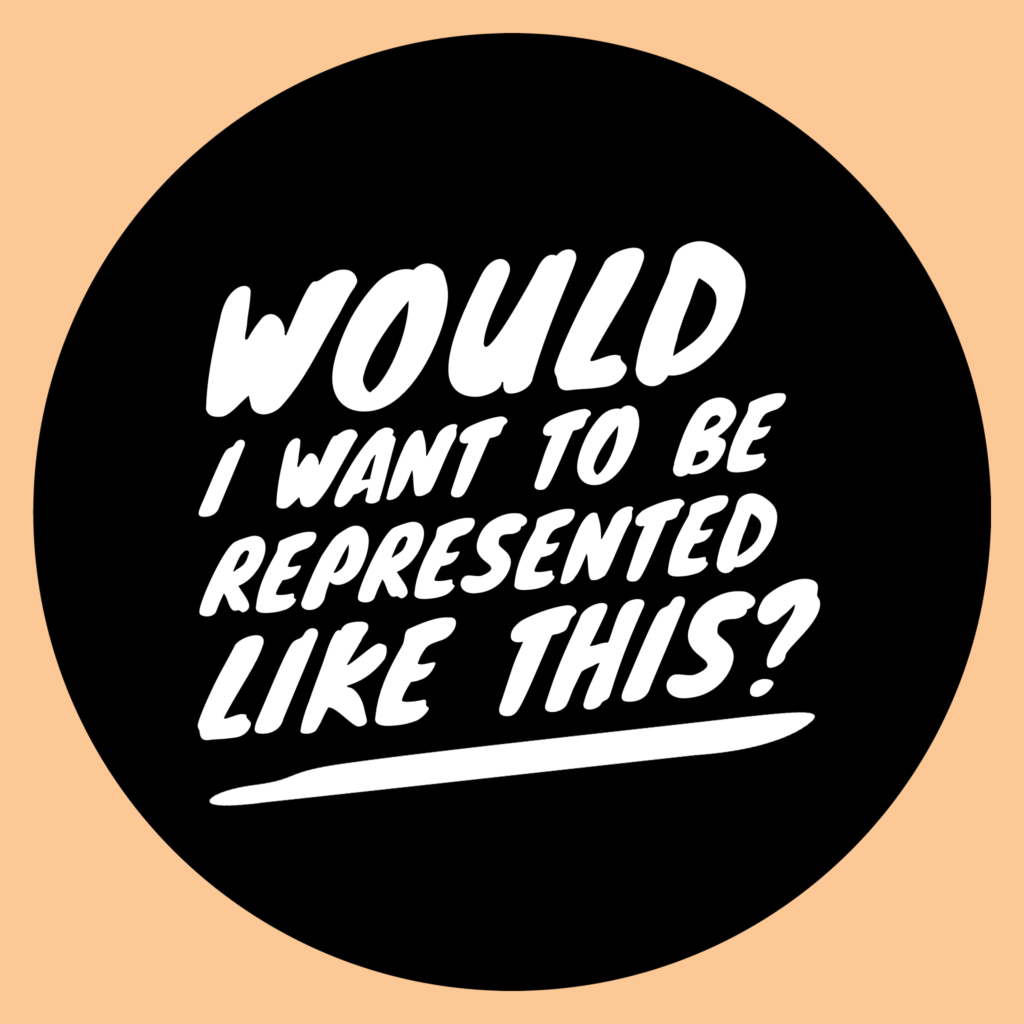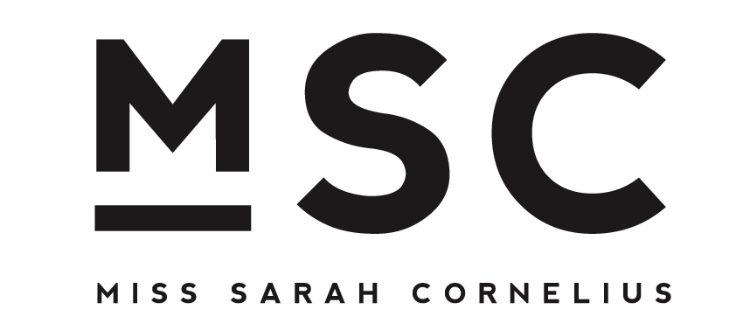Fighting was a cause? Posting images on social media? Post with integrity by upholding the dignity of those pictured and by calling out those who don’t.
There is no doubt that advocacy is important right now. Educating yourself, educating others and taking informed action is a responsibility shared by all and one that should be encouraged by educators. Many schools, teachers, students and members of the community do amazing work in raising awareness and funds for many different causes but there is a right and wrong to do it, especially when it comes to selecting images that are used in presentations, on posters and on social media.
With so many different causes and campaigns fighting to be heard, we often see organisations use images that evoke feelings of guilt, shame and sorrow to persuade engagement. Images of people who are sleeping rough, who are begging, who are searching for food or who are injured are often used in this way, but how useful is this? If you (or your workplace) value justice, compassion and fairness, think about the images that you use. Is using images of people who are in a vulnerable state upholding these ideals?
Here are three simple questions to ask yourself before selecting images that will be used to promote a cause or before posting online:



I challenge you to:
- Ask your students these questions when they are creating content
- Educate those who create content for fundraisers at school
- Pose these questions to those online who post images that are not upholding the dignity of those featured
If you would like to view an organisation who does super well, check out https://www.caritas.org.au/. Looking into this issue also makes for an excellent visual literacy task in English!
I am still challenged by these questions when presenting the realities of history. What do you think?
